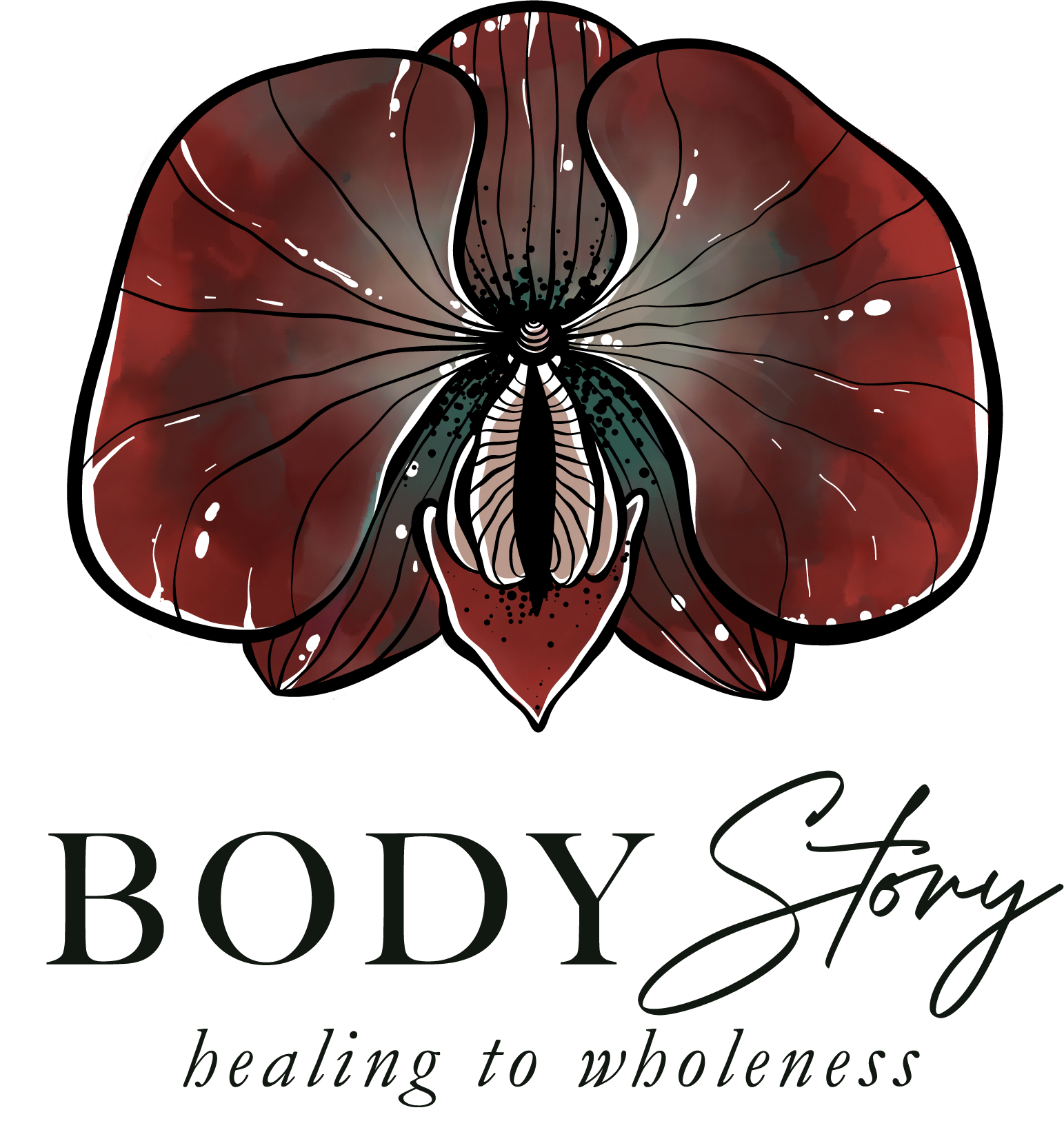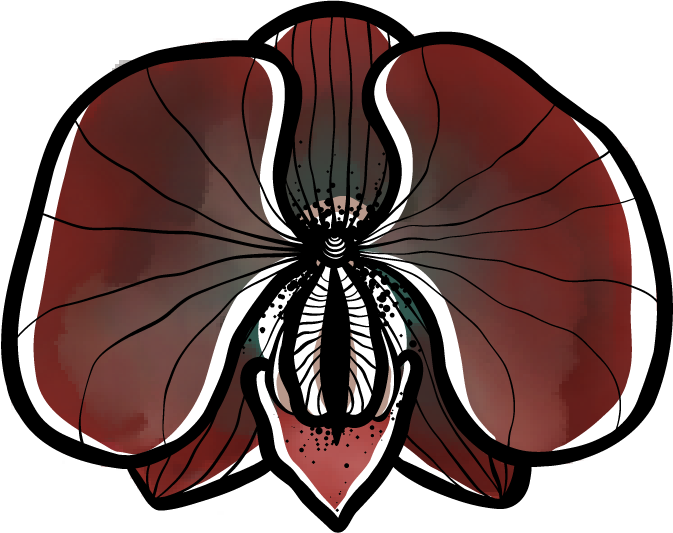Let’s face it: we need each other. Intimately. So why are you keeping your distance?
I have close to 1,000 friends on a popular social media site I rarely visit. In the last year, I have spoken on the phone to perhaps eight of these people. It is this select group, whose calls I answer on the first ring but whose photos I’ve never given a thumbs up, who have taught me the value of intimacy.
These are the friends who can make me LOL IRL.
These are the friends who I let see me messy cry.
These are the friends to whom I say, “I love you,” and let the meaning be exactly what the meaning is.
Because if we don’t have that kind of deep intimacy with a handful of people, what is the point of 1,000 friends?
It’s a Love/Hate Relationship
I love the internet as much as I despise it. It has as many wonderful features as it does reasons to disconnect entirely and live out my days as a fairy tale witch. One example of this tension is what it has done to our friends and relations.
On one side (thumbs up) is the ability to stay connected to people I care about. My favorite people are scattered all over the world, which makes the internet invaluable. However, when I realize it’s been six months since I sent you a text, it reminds me of the other side (thumbs down) – having 1,000 friends two swipes away makes us far more disposable.
But we are not disposable, not in the least. Don’t believe that even if some fear-filled person has slapped your face with that lie. You go find yourself someone who knows this truth: even one intimate connection that you forge in this life is a treasure worth far more than 1,000 pounds of fool’s gold.
Intimate Intimidation
In this time of social network distancing, there has never been a greater need for intimacy. Yet it’s also a time when we fear more than ever this cure for our broken hearts.
I rarely ask anyone to choose sides. Here, at the intersection of comfortable distance and messy entanglement, is no exception. So instead of a side, I will ask you to choose a tool. The shield or the spool of sisal. The battle axe or the blanket. The club or the bowl. Choose what you wish, but choose wisely, because it will shape how you see the humans around you. Just as it will shape how other humans see you.
To See and Be Seen
Because isn’t our desire to see and be seen at the heart of everything we do anyway? This is what drives us from the moment we unfold our arms outside our mothers’ wombs. We cry out for attention and wait to find out who will answer back. See me, everything about us is saying, and I will see you.
That is the promise of intimacy, and it won’t come from behind your walls of protection.
I’m not here to shame you for your walls, though. I know they were built well. I know you had good reasons to build them. I’m here to run my fingertips along the stone and remind you that there’s one other thing that we are deeply afraid of: conflict. And that is the reason you crafted such a barricade.
It turns out, the two great fears are even better lovers. Yes, intimacy craves conflict. And conflict is inherent within any intimate circle.
Fumbling and Dancing
It’s no mistake that we constantly fumble with both intimacy and conflict. It’s no surprise that we walk off the field at the height of the game. The reason for our awkward steps is because we have very few examples of how these partners can dance.
So slip on your dancing shoes and let me lead.
New Definitions
First, some new definitions.
Intimacy is not limited to physical touch or sex. That is one way intimacy is formed but it’s not all there is. Intimacy is that act of seeing another and allowing yourself to be seen. Intimacy can be physical, intellectual, spiritual, or emotional. It’s extremely rare to find anyone who can see you in all of these ways, so drop the search for “the one” and get comfortable spreading out your needs like butter on warm bread.
Conflict is not necessarily a clash of arms or even an argument. That’s one way conflict arises but, again, there’s an entirely different path. Conflict is a delta, a crossroads, a meeting point of two or more worldviews. It is often messy, but so is the cycle of birth or death wherever it appears. And just like birth and death, conflict doesn’t need to be feared, only seen as a natural part of life.
The Purpose
Next, let’s explore the purpose of both.
Intimacy is a tool of meaning-making. When we are seen we gain self-awareness, confidence, and desire to move toward something that matters to us. When we see, we realize that our needs are not the only ones that exist. We can make room for others’ experiences.
Conflict is a tool of transformation. It is the leaping flames that burn through outdated notions and mistaken beliefs, the simmering coals that turn raw meat into a meal. All tools can be weapons (and vice versa), and mostly we’ve seen this one in battle. But wielded wisely, we can use conflict to build bridges of understanding, to shape rugged hillsides into meandering paths, to frame windows that allow us to look out, and others to look in.
Give This, Get That
If we want intimacy and all its benefits, we must be willing to have conflict. But if we want to have the type of conflict that builds more than it kills, we must be willing to see the person we are fighting with as worthy of being seen. And we, ourselves, must be willing to show our tender underbellies to this often cruel and unjust world if we want to get all we’re craving from our friends, relations, and enemies.
The more we show up like this, and expect others to do the same, the more we will find that the world is actually far softer and more supportive than we had imagined.





